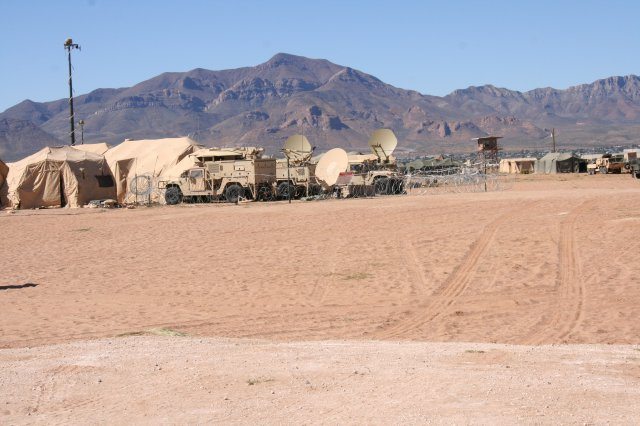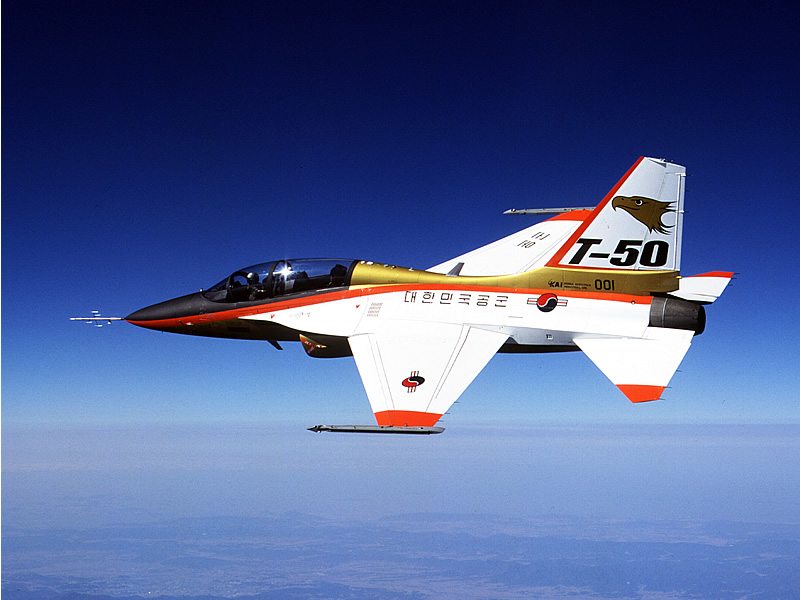Brigade and battalion command posts, the heart of battlefield operations, are more mobile and agile than ever before, and through ongoing improvements in network capability, the Army is increasing their ability to move forward in the fight while retaining commanders’ critical situational awareness.
Current technologies such as Warfighter Information Network Tactical, known as WIN-T, Increment 2, the Army’s mobile tactical communications network backbone, and emerging solutions like the Modular Integrated Command Post, or MiCP — a vehicle that efficiently provides networking equipment and power to support a command post — are enhancing a commander’s ability to lead from anywhere on the battlefield.
“We are a maneuver unit that has to be mobile, lethal and expeditionary; if we are not able to move with our systems then we are really disadvantaged,” said Col. Thomas Dorame, commander for 2nd Brigade, 1st Armored Division, the operational unit for the Army’s Network Integration Evaluation, or NIE, exercises. “Right now utilizing WIN-T Increment 2 and mission command on the move, I am able to extend the operational reach for the brigade, but more importantly, as units continue to move, to make contact with the enemy, we are able to provide them updated information from any location.”
As part of the Army’s modular expeditionary force, brigade Tactical Command Posts, referred to simply as TACs, replicate the critical mission command and communication systems found in units’ much larger Tactical Operations Centers, known as TOCs. Both TACs and TOCs are stationary and don’t possess full operational capability when in transit to new locations, but the TAC’s robust at-the-halt network capability can be torn down, moved and set up in a fraction of the time that it takes to reconstruct the full blown TOC.
The smaller TAC’s mission command and communications capabilities are tailorable and scalable and can be rearranged depending upon mission requirements. When the commander needs to move his main TOC forward on the battlefield, he will send the TAC ahead first to retain the unit’s operational network capability. Once the TAC is set up in its new location, the larger TOC can then move forward with minimal disruption to battlefield operations.
“WIN-T Increment 2 improves commanders’ flexibility since they can ‘jump’ their TACs and the TOCs much faster now, without loss of situational awareness,” said Lt. Col. LaMont Hall, product manager for WIN-T Increment 2. “They can simultaneously command and control from either location, or from their WIN-T Increment 2 -equipped vehicles.”
Fielded since 2004, WIN-T Increment 1 provides Soldiers with high-speed, high-capacity voice, data and video communications down to the battalion level. WIN-T Increment 2, which began fielding last year, enhances these capabilities by providing an on the move network that extends down to the company level. Both increments are deployed in Afghanistan today as part of the Army’s interoperable tactical communications network architecture.
WIN-T Increment 2- equipped TACs and TOCs leverage Tactical Communications Nodes and advanced Satellite Transportable Terminals for satellite communications, which enable them to cover greater distances. In the past commanders could only jump their TACs as far as they could get their line-of-sight radio relay set up, approximately 10 to 15 kilometers. Now with WIN-T Increment 2’s beyond line-of-sight satellite communications, a commander can move his TAC an unlimited distance, Hall said.
“The commander is able to keep full situational awareness at all times,” said Lt. Col. Ernest Tornabell, brigade communications officer for 2/1 AD. “He can go from the stationary TOC or TAC into his WIN-T Increment 2 Point-of-Presence-equipped vehicle, which has virtually everything [communication and mission command capabilities] that he had at the stationary locations; it gives him the ability to be driving on the road at 25 mph and continue to command the fight.”
To help incrementally advance network technologies such as WIN-T, the Army leverages its NIEs, semi-annual Soldier-led evaluations in the realistic operational testing environments of Fort Bliss, Texas, and White Sands Missile Range, N.M. The Army also uses the events to introduce emerging industry solutions that could potentially satisfy network capability gaps.
During NIE 14.1, which wrapped up in mid November, the brigade TAC was integrated into a new mobile command post based on a Light Medium Tactical Vehicle with expandable sides that could be set up or torn down in under an hour, making it even more maneuverable, scalable and agile than the traditional TAC tent. When the brigade TAC was set up in its stationary location, its communication and mission command laptops and screens were connected to the MiCP, an NIE system under evaluation, which provided the servers, network connectivity and power to the TAC. Since the TAC servers were located on the MiCP vehicle, they were always ready to be quickly reconnected with the network equipment in the TAC directly after a jump, instead of having to be torn down and set up again.
Integrated onto a survivable MaxxPro mine-resistant ambush-protected vehicle, the MiCP solution significantly reduces size, weight, and power — thermal and cost requirements. The capabilities of two legacy Command Post Platforms, currently used to provide the necessary communications equipment to operate and support a TOC or TAC, were combined into just one mobile platform. MiCP provides advanced communication through a modern suite of information systems, networking devices and tactical radios, as well as the unique ability to generate electrical power from its own transmission through its On Board Vehicle Power system. MiCP will also be evaluated at NIE 14.2 this spring.
“MiCP helps the commander be more flexible in where he can go and how quickly he can set up and establish [operations] at the halt by having to just connect a few cables instead of two sets of vehicles coming to the halt and setting up both of those,” Tornabell said.
As the Army continues to modernize its network and make it easier for Soldiers to learn and operate, the force will increase its agility and ability to conduct current, evolving and future missions. The depth and breadth of information available at Soldiers’ fingertips, both in and out of the TOC, is also increasing, facilitating collaboration down to the lowest echelons and across the entire brigade combat team.
“Operationally, we want to fight to the fullest extent with our great network and communication capabilities, and now we are able to extend out a lot further,” Dorame said. “We are able to receive back reports with a better clarity and fidelity to allow commanders at battalion and brigade level to make faster decisions with better resolution and less risk to the overall force.”











